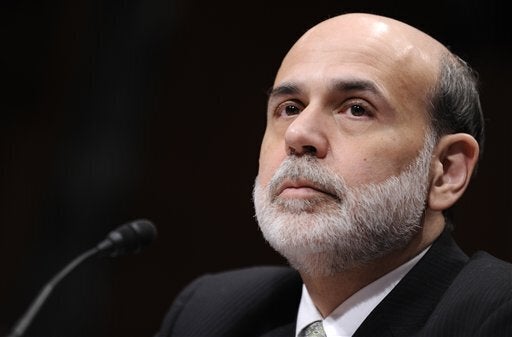
The Federal Reserve is in the uncomfortable position of rewarding those who helped cause the financial crisis.
The government's latest rescue effort involves issuing more than $7 billion in bonds. Each of these bonds will have to be rated by at least two of the three largest ratings agencies: Moody's Investors Service, Standard & Poor's and Fitch Ratings.
This ratings work will generate fees for the agencies, potentially totaling hundreds of millions of dollars, the Wall Street Journal reports.
These firms dominate the credit-ratings business, and their imprimatur is considered crucial for investors that buy bonds and asset-backed securities. They have been vilified in recent months because their ratings on mortgage securities were widely off base.
Now the government is in the uncomfortable position of rewarding these same firms through a new program that will result in numerous companies issuing securities. If the ratings companies are wrong this time around, the Federal Reserve and the Treasury -- and therefore taxpayers -- will be on the hook for some losses.
According to the Journal, the ratings agencies typically charge as much as $120,000 for every $100 million in bonds they rate. Under the government's latest program to ease the credit crisis, if it is extended to the full $1 trillion, as the government plans, ratings agencies' fees could total from $400 million to as much as $1.2 billion.
To prevent taking on too much risk, the Fed is also requiring that its loans only be used to buy bonds that are rated the least risky, or triple-A. This could give the agencies some incentive to skew the ratings of the bonds higher.
Critics say Moody's, S&P, a unit of McGraw-Hill Cos., and Fimalac SA's Fitch have made few fundamental changes to the way they assess debt. Officials at all three firms say they have taken steps to avoid a repeat of past mistakes in assigning ratings.They are still paid for their ratings by the companies whose bonds they rate, a potential conflict of interest. And much-anticipated competition for the three companies has failed to materialize so far.
